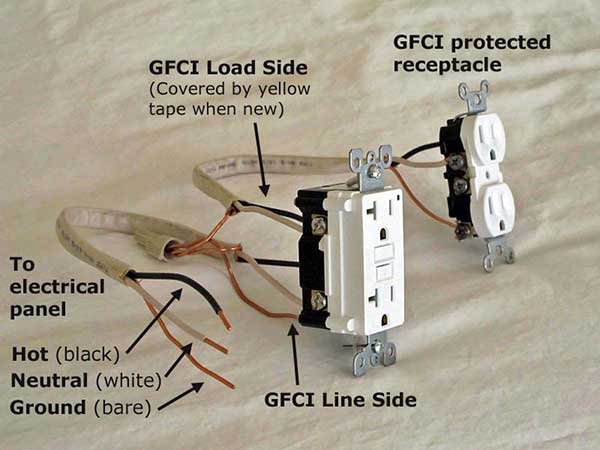Vincanity
Active Member
- Joined
- Sep 28, 2014
- Messages
- 43
- Reaction score
- 4
I too have the same questions. I'm trying to build a Spa panel with a 50 amp GFCI from a 3 wire dryer outlet for portability purposes. I do own my house but move often due to the military. Attached are a few pics of my main breaker panel in my garage. It appears that it is indeed only 3 wire, the neutral is attached to the neutral bar at the main panel and is used as the ground on the outlet to the dryer plug. If I wired this up according to PJs 3 wire diagram where the neutral bar jumps to the ground bar in the panel, will I have GFCI protection regardless of being in code or not? To make matters more complicated my panel is a midwest from HD and I was hoping to add a 20 amp breaker 110v so that I can use in my garage being as all my outlets are 15 amp. I would also like to run my welder off the 50 amp GFCI. So this seems as though the neutral bar is not tied in with the ground bar at the main panel?
I hope i'm not Hijacking your thread OP, I can make this its own thread if it becomes an issue. I just would like to get a panel setup so that I can run 1 heating element, have a 20 amp 110v circuit and be able to run my welder off the 50 amp GFCI. Thanks! Excuses my horrible paint pictures
I hope i'm not Hijacking your thread OP, I can make this its own thread if it becomes an issue. I just would like to get a panel setup so that I can run 1 heating element, have a 20 amp 110v circuit and be able to run my welder off the 50 amp GFCI. Thanks! Excuses my horrible paint pictures
Attachments
Last edited:














